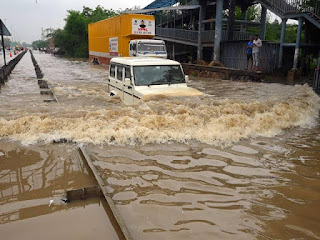The Role of Planets in Love Marriages: A Cosmic Perspective
The Role of Planets in Love Marriages: A Cosmic Perspective One of the strongest and most alluring feelings a person can have is love. People have studied the stars throughout history to get insight into their personal life and the likelihood of love marriages. According to astrology, our propensity for love marriages is influenced by specific planets and houses in our birth chart. Let's investigate the ways in which the stars affect our love lives. Venus: The Planet of Love and Romance Venus, also known as the "planet of love," is the main astrological body linked to romance, lust, and matrimony. Venus is the goddess of beauty, desire, and love in Roman mythology. In astrology, this planet controls our desires and our expressions of affection in partnerships. Venus in the Birth Chart: A person's birth chart placement can tell you a lot about their amorous side. A Venus in harmony can be interpreted as charming, attractive, and having a balanced approach to love. ...





